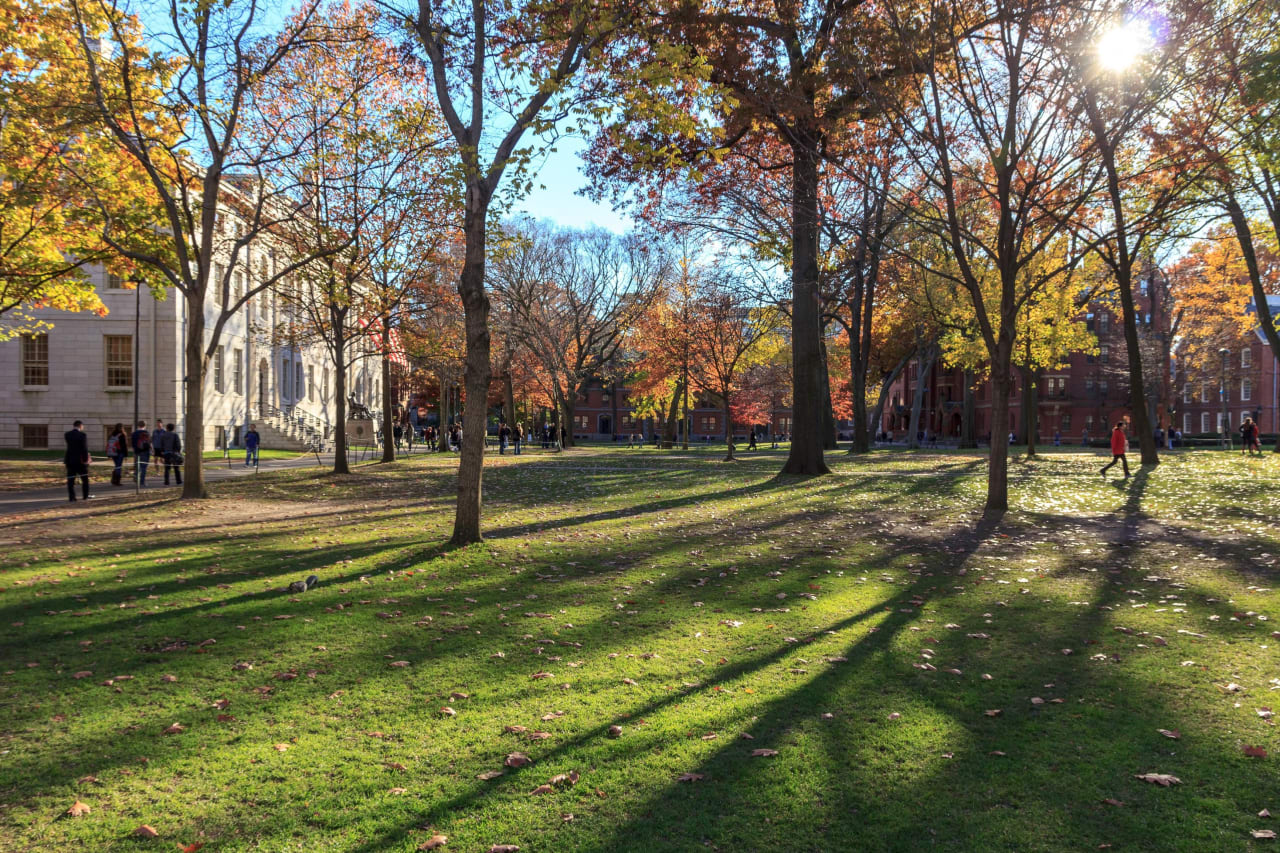
Cybersecurity Certificate Program
Valley Forge Military College

Key Information
Campus location
Philadelphia, USA
Languages
English
Study format
On-Campus
Duration
1 year
Pace
Full time
Tuition fees
USD 30,975 / per year *
Application deadline
Request info
Earliest start date
Request info
* full-year tuition
Scholarships
Explore scholarship opportunities to help fund your studies
Introduction
The Valley Forge Military College Cybersecurity Certificate, recognized by the NSA and DHS as a Center for Academic Excellence in Cyber Defense for two-year colleges (CAE2Y), prepares cadets and students for a high-demand career in information security. We provide our students' career guidance and employment counseling upon completion of the Certificate program.
Our Certificate provides expertise in the rapidly changing Cybersecurity landscape by leveraging the National Initiative for Cybersecurity Education (NICE) through a series of four courses. These courses can be taken within any of our two-year programs, or as a standalone Certificate. If pursuing the Certificate only, students can complete the sequence of courses within one year.

Pixabay / Pexels
Certificate in Cybersecurity
The Cybersecurity Certificate may be taken in conjunction with any primary degree program. The Cybersecurity Certificate is accredited by the Middle States Commission on Higher Education and recognized by the United States National Security Agency and Department of Homeland Security (CAE2Y).
All students who intend to earn a Certificate in Cybersecurity must complete all four Certificate courses in sequence:
- CS110: Introduction to Computer Applications
- CS220: Data Management and Security (Pre-requisite: CS110)
- CS240: Network Communications and Security (Pre-requisite: CS110)
- CS290: Information Systems Security (Pre-requisites: CS110, CS220, CS240)
CS220 and CS240 may be interchanged as course availability allows. Both, however, along with CS110 must be passed successfully before progressing to CS290 or award of the Certificate.
Programs of Study
The college curriculum combines six core competencies with five academic programs and concentrations to provide a foundation of understanding, knowledge, and skills. The core competencies broaden each student’s perspective and connection to academic work and careers for the 21st century. These social, historical, and scientific contexts develop and prepare students to transfer to competitive four-year programs at local, regional, national, and international institutions.